
kscarbel
-
Posts
1,114 -
Joined
-
Last visited
-
Days Won
8
Content Type
Profiles
Forums
Gallery
Events
Blogs
BMT Wiki
Collections
Store
Posts posted by kscarbel
-
-
I'm guessing there has to be some engineering and design done on engines in the USA for mack and volvo otherwise 300 million wouldnt have been invested in the engine plant. I would assume detroit is in a similar situation and probably paccar too.
2011
Mack Celebrates 50 Years of Powertrain Assembly in Hagerstown
1.5 Million Square Foot Maryland Facility Opened in 1961
HAGERSTOWN, MD (May 4, 2011) – In a ceremony today at the plant in Hagerstown, MD, where its powertrain components have been assembled since 1961, Mack Trucks, Inc. paid tribute to the past, celebrated the present and cast a positive eye to the future.
In 1959, looking for a modern alternative to its existing engine, transmission and carrier facility in Plainfield, NJ, Mack decided to invest $45 million in a new one million square foot plant on 280 acres in Hagerstown. With construction complete, the first Mack engine rolled off the assembly line in 1961. As the company’s products have become more advanced over the years, so have the capabilities of the Hagerstown plant, thanks to continued investment and a commitment to excellence. Today, the facility is approximately 1.5 million square feet – the area of more than 30 football fields – with a high degree of robotics, automation and assembly controls helping ensure product quality. More than $300 million invested since 2001 alone has brought significant upgrades, like an Engine Development Lab used to provide customers with increasingly fuel-efficient engines – which today are the cleanest in the world in terms of regulated emissions.
One thing that hasn’t changed is the dedication of the employees working in the plant, or the value placed on their input. Employees regularly meet in small groups on the plant floor, working together on continuous improvement. The process is called kaizen, but what really matters are the results – competitive products built in the United States.
“For half a century, the heart of every Mack truck has originated in Hagerstown,” said Kevin Flaherty, Mack senior vice president, U.S. and Canada. “We’ve always been an integrated manufacturer, with engines, transmissions and axles specifically designed to work together. Delivering on the Mack brand promise of reliability, durability and application excellence starts with the powertrain – and our hats are off to everyone in Hagerstown as they celebrate this milestone.”
Yes, Volvo invested in the former Mack Trucks Hagerstown powertrain facility to change it over to the production of Volvo D11, D13 and D16 engines, and Volvo I-Shift transmissions. Nothing for Americans to be proud of there. So what's your point? Do you think Volvo engines and transmissions are designed at this U.S. Volvo Powertrain production faciity? The fact of that matter is Volvo's core R&D is conducted in Sweden.
The media release is a sad affair. The only way the Swedes can present a politically correct twist on matters to an American audience is to dredge up the achievements of the former Mack Truck company. You'd really enjoy hearing the very different way Volvo discusses Mack as a Volvo brand in Sweden and the global market. And sadly, that's all the Mack name is now, an emblem on a Volvo chassis.
“For half a century, the heart of every Mack truck has originated in Hagerstown,” said Kevin Flaherty.
During that time, the Mack Trucks-owned plant produced Mack engines for Mack trucks. What's your point Flaherty? What's that got to do with the Volvo-owned Hagerstown Volvo Powertrain plant today that produces Volvo engines?
-
Roger Penske did great thing for DD. He improved quality and introduced meaningful new product (Series 60). That engine by the way is still popular in global markets and a Freightliner Argosy option in Africa and other markets. Thus it was a sad day to see America's DD sold to a foreign company (Daimler). America's industrial shrinks yet again. And now, China's Yuchai is building a revised version of the Series 60 under their name that can reach Euro-6. In a quiet transaction, they paid for the technology.I was at a meeting with Detroit Diesel folks just before the DD13 thru 16 were to come to the market and was told by the German rep. that the motors were a joint venture including not only Detroit America engineers but mechanics as well from both countries. So I think that American engineering is to be respected as well. Now this is where Volvo need's to come down from there high horse and start to respect the American consumer, WE DON'T LIKE BEING PISSED ON AND TOLD THAT IT'S RAINING!!! Volvo never built a drive train like mack and never will but they are going to try and that will be the down fall of the greatest name in trucks! They keep pushing aside American Eng. an Tec. and think there engineers are the greasted thing since Ice cream and if you think thats not true? just look at the past couple of years
BULLHUSK
Both Daimler and Jacobs management told me the OM471/472/473 (i.e. DD13/15/16) were designed in Germany by Benz. At the US meeting you attended, you got the politically correct for US market ears speech that it was a joint effort. Nice try but far from the truth. In reality, like Mack Trucks, DD no longer exists. It's now Daimler's US market distribution channel for Benz components (DD hasn't designed an engine in years).
-
What Volvo doesn't comprehend is the emotional draw of the V-8... Sort of like how the distinctive sound and feel of Harley's V-Twin alone sells a lot of bikes. I was in South Dakota yesterday and saw over a dozen 13 axle double trailer "road trains" and even a 17 axle one. But not a single one was pulled by a Mack, they we're all hooked to Paccar products. One of the most memorable SD "road trains" in my experience was pulled by a V-8 powered Superliner... I could identify it's unmistakable roar before it came into sight! If Volvo had allowed Mack to revive the V8 in a new Superliner chassis, Mack would be the best selling truck in the high GVW states of the west and Canada.
I couldn't agree more. Scania can speak volumes about the emotional draw of the V-8. For a truckmaker in the U.S. market to have the V-8 high horsepower segment all to themselves is a sales manager's dream.
-
What is sad is the very thing that got Mack in trouble to where they got bought out is the fact they made too good of a truck,and weren't selling enough new ones.A Mack customer buys a Mack truck knowing it's good for as long as he wants to run it,and most did just that,first owner Macks would be 10,15 or 20 years old before being traded.Unlike the competion trucks that were ready for the junkyard after 4 or 5 years.Guess they don't have to worry about that anymore.I still think that Macks are superior to the competion,but with todays trucks,that ain't saying much.
I hear you. What's interesting is if you look at today's leading European trucks, say Scania, MAN and Benz, you will indeed see a good truck that with proper care can last for 10-20 years.
But today's Mack-branded North American market Volvo chassis is NOT the Mack product of 15 years ago. It's more like the disposable Freightliner of 15 years ago that you dumped at 400,000 miles (after 4 years) and took a bath in resale value.
-
i was talking about north american trucks with E9 engines ended in the 99 model year. and you didnt answer the fact that mack could have made the E9 an electronic engine in 92 or 93 when the E7 vmac engines came out and maybe they could have kept making them until 2008 when the mp engine series came out. also the E9 needed a descent engine break to be competitive . the E9 in our superliner was a test engine that was in a CL test truck that fabian earth moving in west rutland vermont bought directly from mack trucks. he lost the cam shaft in it soon after and made mack give him a new E9 crate motor , state line truck service ended up with the test engine and put a new cam in it and my dad bought it and put it in his superliner. My dad was told that the engine was a test engine for a jake brake equiped E9 . i always wondered why mack didnt put a jake brake on a production E9 ?
Around that time (1999), the sales marketing group realized the importance of the company's signature E9 V-8 as a halo product and requested it be updated. The outcome was the emissions-compliant EUP E-9 V-8, which with a combination of SCR and EGR (the current leading technology), could be EPA2010 compliant today.
When given the freedom by enginemakers to be deeply involved in engine (cylinder head) development, Jacobs has the ability to offer stunning engine braking capabilities. That is one reason why the new Mercedes-Benz OM471/OM472/OM473 engine range (known in the US as the DD13/DD15/DD16) have record-setting engine brake performance courtesy of Jacobs engine brakes. Benz actually redesigned the upper end of these new engines, at Jacobs' recommendation, for greater effect. German engineering is to be respected, but for engine braking, they call America's Jacobs. That speaks volumes about how well Jacobs is thought of around the globe. I personally would want a revised E-9 V-8 to have a Jacobs-designed brake.
-
Mack did not have enough funds to "upgrade" their E7 so they definitely would not (have) had funds to "upgrade" the V8.
If not for Volvo (or some other company), Mack would likely not be in business today.
Volvo had owned Mack for three years when the Swedish company decided NOT to introduce the new on-highway emissions compliant E9 V-8 with Bosch Electronic Unit Pump Injection (EUP), snubbing pedigreed genuine Mack engneering for Swedish design (the upcoming D16).
Volvo had the money. Volvo killed the V-8 product relaunch.
Mack Trucks is NOT in business today. It was acquired by Volvo Group in 2000. The Mack brand today seen on a North American Volvo truck produced by Volvo Group with (for the time being) a legacy Mack cab and hood.
-
i dont think the E9 was made for USA emissions or sale the last few years but rather for other markets and export. i beleive the decision, hurt as it may, to kill it was pre-volvo.
I'll take a wild guess here and say production near the end was sub 250-300 units per year but i bet some of the guys with the model history can say more accurately what the numbers looked like
In 2003, three years after Volvo had acquired Mack, the Swedish company terminated the design program to relaunch the E9 V-8 as a U.S. market on-highway engine (accomplished by upgrading the engine to Bosch electronic unit pump (EUP) injection.
Genuine Mack engineering snubbed by Volvo Group, because Volvo planned all along to integrate Volvo global components (i.e. the upcoming Volvo D16 engine) into Mack-branded products (e.g. chassis, engines, transmissions, suspensions (Mack-badged mRIDE = Volvo T-Ride), fuel tanks, ect.).
What Volvo has done, reduce a global icon down to a mere shell of its former self, should be a crime.
-
 1
1
-
-
tell me if im wrong but i think the last mack v8 was made in 98 and volvo didnt aquire mack until 2000 , so mack/renault killed the v8 first not volvo . if mack would have updated the v8 during the 90s and it was still in production in 2000 when volvo took over maybe the v8 would have survived well into the 21st century. i blame mack for not electrifying and updating the v8 in the early to mid 90s when the vmac electronic controlled e7 came out. volvo allowed mack to run the etech and ac/ai series legacy 6 cylinder engines until 2007. again tell me if im wrong
Fact 1: Hagerstown produced the last E9 V-8 engine in 2003.
Fact 2: It would have continued, had Volvo agreed to put the revised E9 V-8 with Bosch electronic unit pump (EUP) injection into production.
Volvo just wanted the Mack nameplate. Volvo shut down Mack's engineering development and test center in Allentown because they planned to "take it from here". From 2000 thru the present, Volvo has systematically replaced Mack content with Volvo Group global components. Today's Mack-branded truck is a Swede.
Meanwhile, the Mack-Scania V-8 lives on at Scania rated at Euro-6 (EPA2010) with the global standard SCR/EGR combination.
-
Iveco substantially revised their Powerstar conventional for 2012 down in the Australian/New Zealand market. This is a top notch truck that would be easily adaptable to North American requirements.
6400 Series – 450hp or 500hp Iveco Cursor 13 power. Has a curb weight of just 7500kg (16,535lb) for maximum payload capacity.
6800 Series – 560hp Cursor 13 offering low fuel consumption with GCWs up to 90 tons (198,416lb).
7200 Series – 485hp, 525hp or 550hp Cummins ISX15 power. .
7800 Series – 550hp Cummins ISX15 or 600hp Cummins Signature 15
- Selective Catalytic Reduction (SCR) for better fuel economy
- ZF Eurotronic II 12-speed AMT, ZF Eurotronic II 16-speed AMT or Eaton-Fuller 18-speed RoadRanger
- Hendrickson Primaax and HAS series air suspensions
- Multiple fuel tank options
- 3 cabs: Daycab or sleeper cab with low or high roof
- Various wheelbase options
- ABS and ASR (Anti-slip reduction)
-
Good news found my window! Call Mack customer service and they give me the phone nr of the Mack museum. Call them up explained my issues, the gentlemen give me their web site with vendors for older Mack parts. I called up watts Mack in PA and help me to locate the two windows thrum other dealer stock and ending buying the, from MTI Mack the dealer in Chesapeake VA for $160 each!!!
Thanks guys for all the help
Sounds good, a happy ending. $160 per is reasonable.
But why in the world would customer service send you to the Mack Museum? That's absurd. It's not like you have an H-model. Ultra-Liners are still on the road.
TMI, one of the few independent dealers left that hasn't been gobbled up into one of those dysfuctional dealer groups that represents have a dozen truck brands at half a dozen locations (Of course, Volvo prefers that way so they have less dealers in total number to answer to).
TMI used to run a fleet of MH Ultra-Liners in the 1980s.
-
-
If Scania and MAN could push a V8 Mack could of. But I see the point in the United States they weren't selling enough of them. Not like in Europe where Scania sells a ton of V8's and Scania is considered a Cadillac of trucks especially in the UK.
Rob
While Scania does sell an impressive number of V-8s (because they promote this signature product), their in-line engines are the mainstream. The V-8 isn't just produced and marketed for profit, and to meet the needs ot the high horsepower segment. It's also an extremely important "halo product" for the brand.
Mack and Scania for years shared some of the production costs of the V-8 (the block), to realize economy of scale for both companies. But Volvo is a bitter rival of Scania, so they killed the Mack-Scania V-8 at Mack.
-
about the mighty v8 mack engine......about EPA regulations......it could have been achieved.....but I don't think Volvo wanted to.
the new mp10 is just a Volvo engine - it is NOT a mack engine
the so called new breed mack are just rebadged volvo's
this is volvo's way of destroying the brand just so they can use the mack name to push there product,
if I wanted a Volvo, I would have bought one
if the v8 was to continue to be produced......people would still buy the V8
Cheers 525
I couldn't agree with you more about this signature Mack product that was an essential to the brand.
-
The question was addressed to Dave McKenna, Director Powertrain Sales & Marketing.
The answer was Volvo political. Dave's a Mack man that loves the V-8 product. However his new Swedish boss said the V-8 IS going to be terminated and the Volvo D16 IS going to be the new big power for Mack-branded trucks. What's Dave going to do? Argue with Olof (Persson)?
But Dave did get in, " I didn't like the decision then and frankly still don't like it now". That says it all.
The fact is, Mack had planned to relaunch the E9 V-8 in 2003 with Bosch electronic unit pump (EUP) injection. Revisions allowed it to meet the latest EPA standards while delivering superb power and fuel economy. However, Mack engineering was snubbed by Volvo Group. Volvo cancelled the pedigreed Mack E9 in favor of the upcoming Volvo D16 (renamed MP10).
But the Mack-Scania V-8 lives on......at Scania.
-
-
-
I like the U models.
The Merriam-Webster dictionary defines the "U-model" as "a truck brilliant and revolutionary in design; unparalleled in regional hauling efficiency".
-
 2
2
-
-
- Popular Post
- Popular Post
The boys at San Jose prefer Macks
Based in Madrid and San Sebastian, Spain, San Jose (Transportes Internacionales San José S.A.) was one of many Mack fleets operating throughout Europe (they had a few Dodge C38T 4x2 tractors, but that’s another story for U.S. readers).
In fact, San Jose liked their Macks so much that the bulldog became an unofficial company logo.
Established in 1949, San Jose Int’l Transport merged in 2002 with Lopez Transport S.A. to become San Jose Lopez Group (El Grupo San José López), a.k.a."SJL".
The fleet began with B-models and shifted to extended cab R- and U-models for regional hauling, and Mack Interstaters (2nd generation F-models) for long-distance hauling.
The Mack distributor in Spain was the Madrid-based Distribuidores Mack, S.A. (dealer code 93F)
With Volvo Group wanting the Volvo brand assigned to Western Europe, they have chosen not to set the Mack brand up with a new COE for fear of taking sales away from the group’s mainstay Volvo brand.
With the disappearance of Mack in Europe, San Jose has been buying Ivecos, Benz, Renaults, DAFs and most recently MANs – but no Volvos.
-
 3
3
-
-
Ahead of the MC/MR, Mack Australia uniquely offered the MIR model, which used the former Brockway N527 "Huskiteer" cab.
How many Americans ever saw an 8x4 Mack MBR, the ideal weight distribution design for long road life?
-
 2
2
-
-
-
The MR with the sleeper looks better than the standard non sleeper, and using some parts from the fire truck version of the MC, wouldn't have been too hard to build.
I agree. What a brilliant way for Mack Trucks to target the European brand low cab forward sleepers like the Scania "P" and Volvo "FL" with a very price competitive product.
At least in the UK, the MC was called the "Cruise-Hauler".
.
-
The chassis is supposed to be a DM-800SX.
It belonged to a heavy hauling firm in Trostberg, Germay (Upper Bavaria) named Uwe Kruck GmbH (perhaps formerly known as Krause).
The truck was assembled in 1977.
Kruck (or Krause) ordered a Cruise-Liner cab from a German Mack dealer called Bonnes. (I show the Mack distributor for West Germany during the eighties was Bayerisch Transport Union in Munich)
A 27-liter 600hp Cummins V-12 was retrofitted in conjunction with the cab installation.
From 1980, there is mention of it being operated by a large industrial plant near Hamburg (northern Germany) on-site for its own internal use.
The truck is supposed to still exist with a company called Nievelstein in Landgraaf, The Netherlands.
-
nice pics of history , the 1965 white & burgundy looks like a Dodge cab ! am I right ?
No, I believe that is the White 7000 cab.


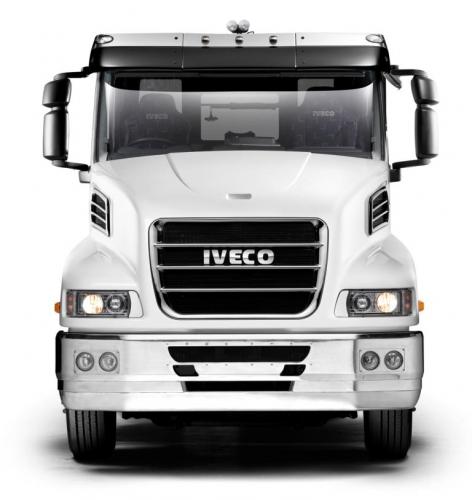
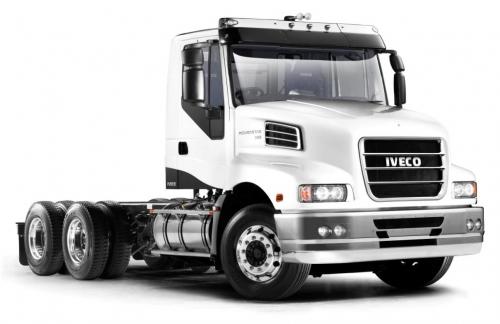
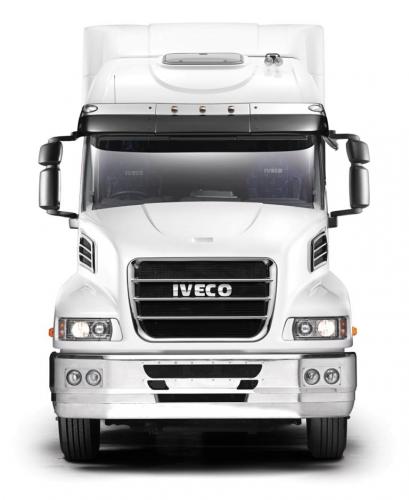
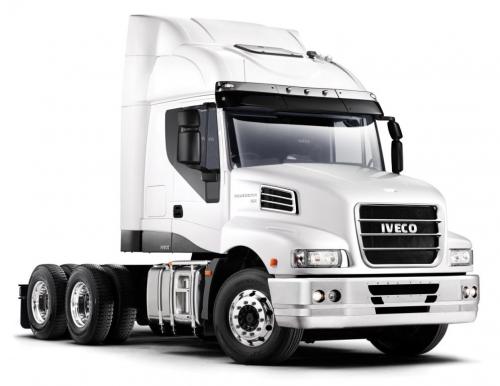
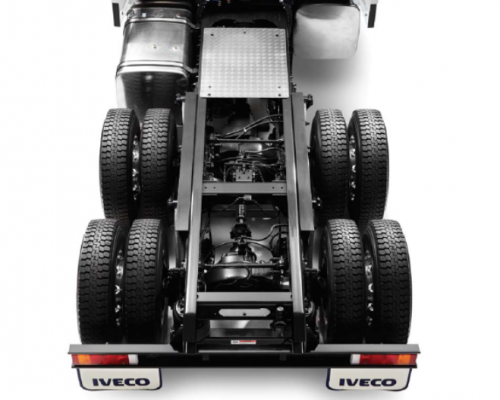
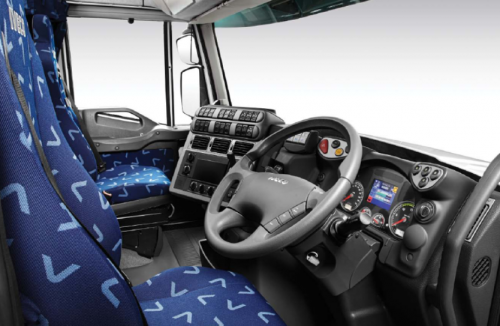
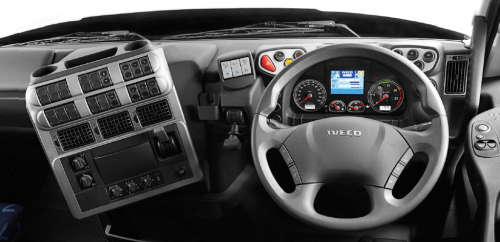
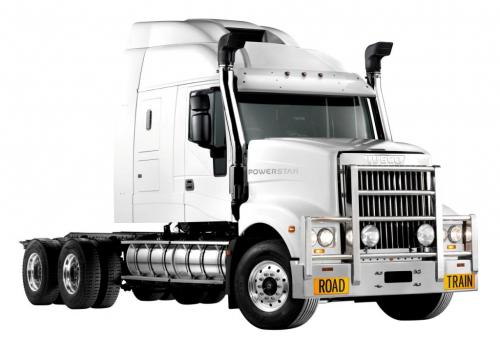
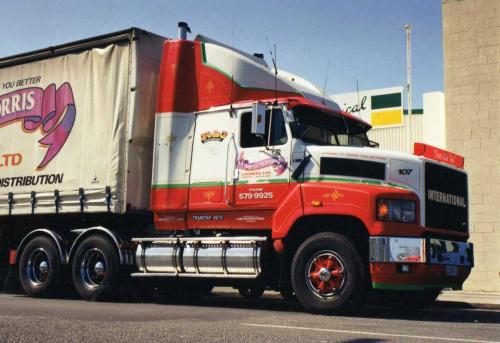
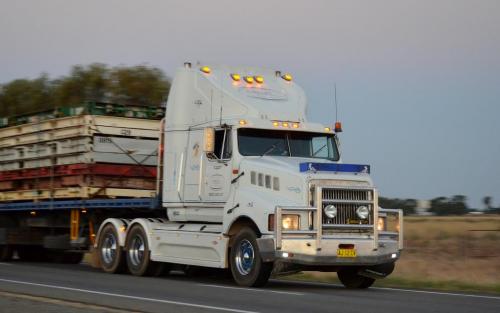
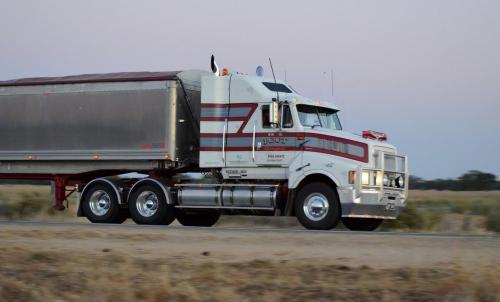
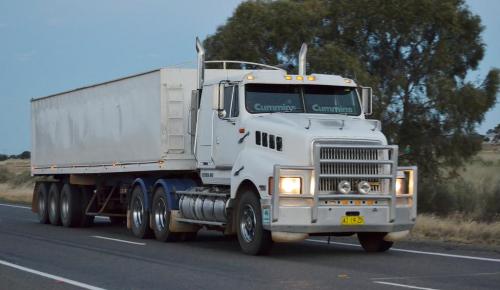
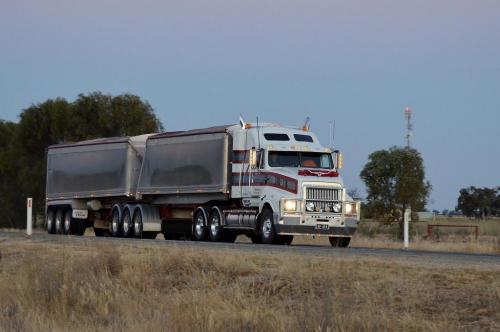
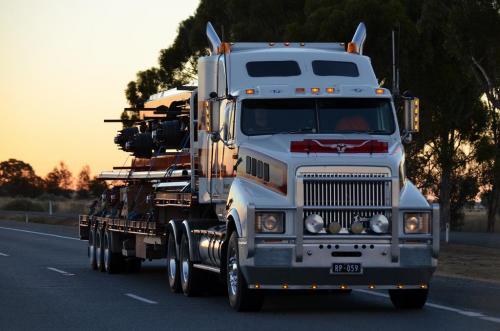
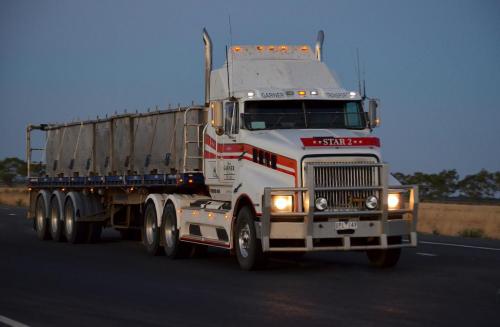

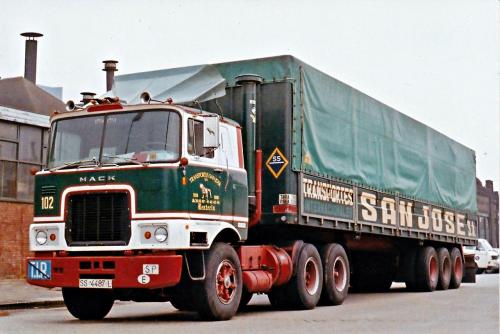
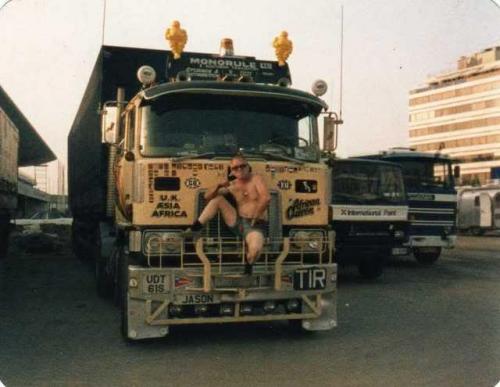
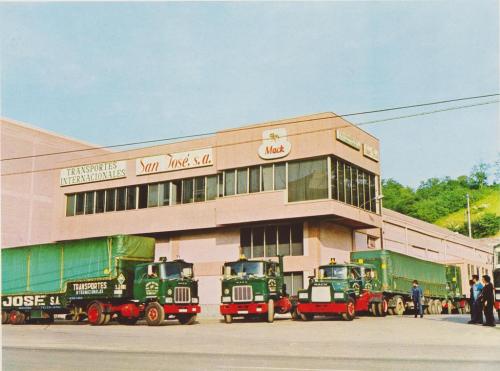
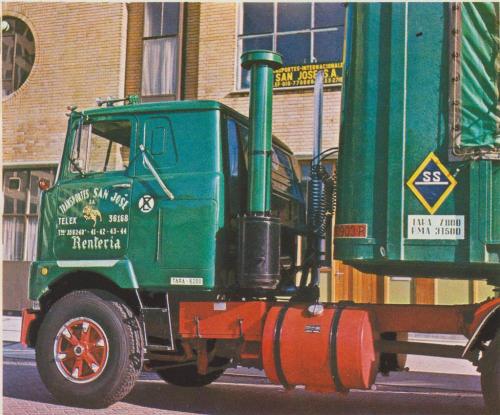
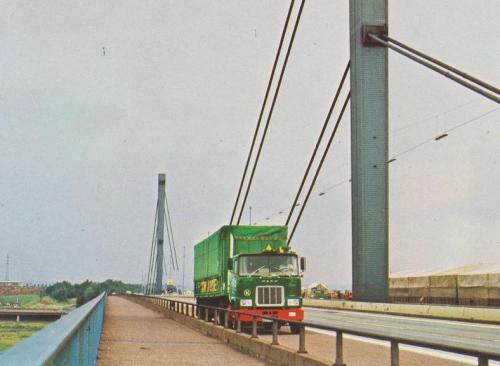
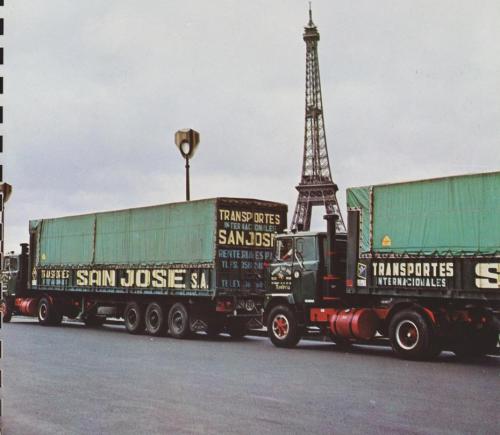
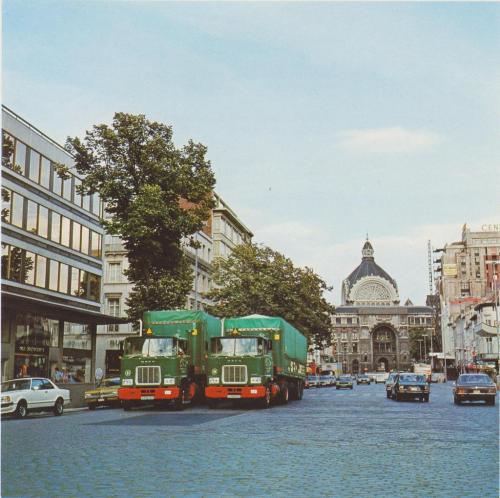
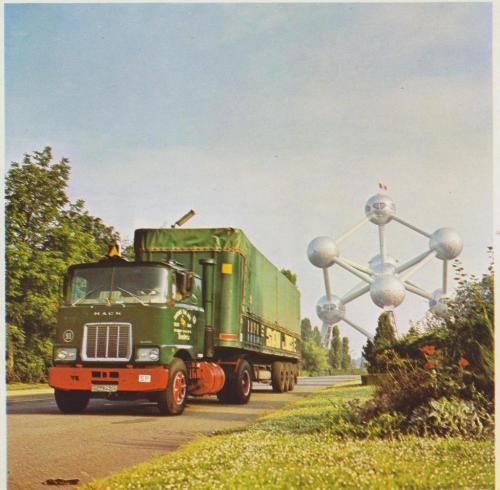
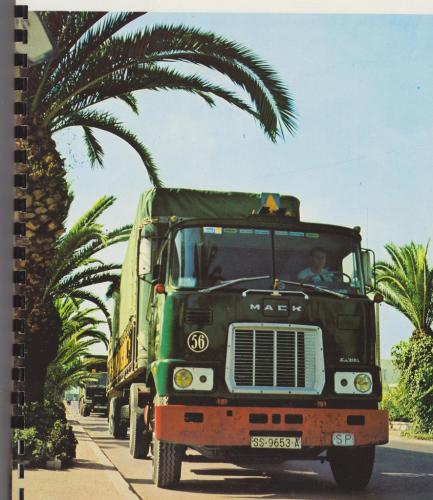
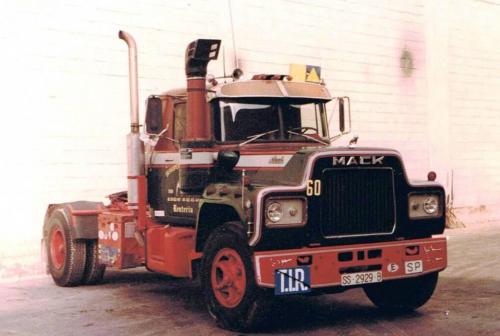
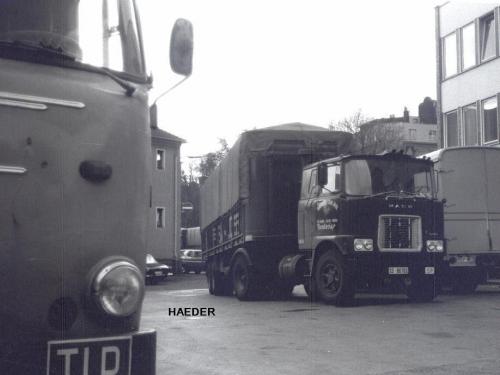
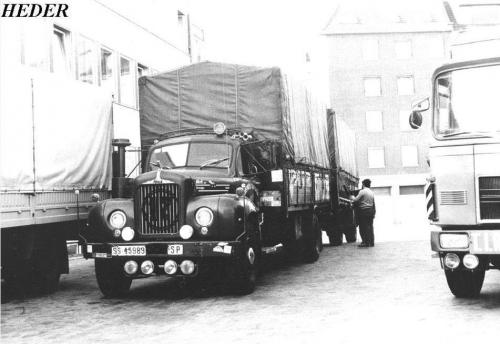
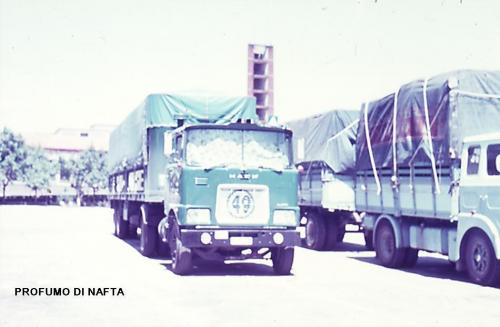
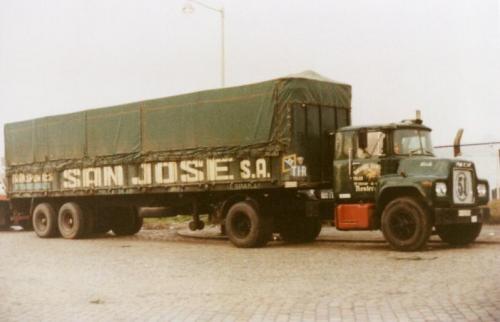
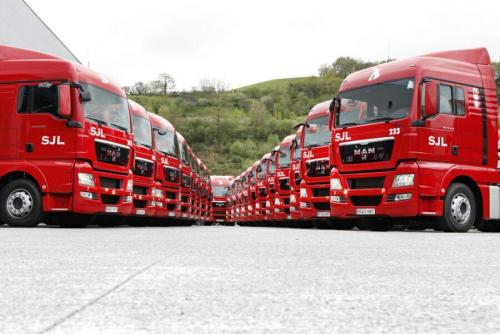
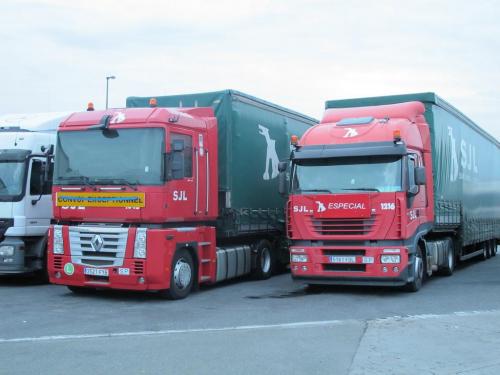
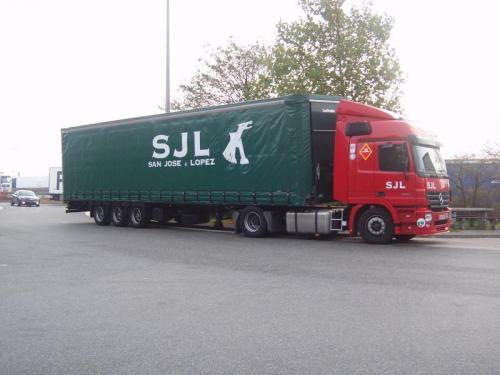
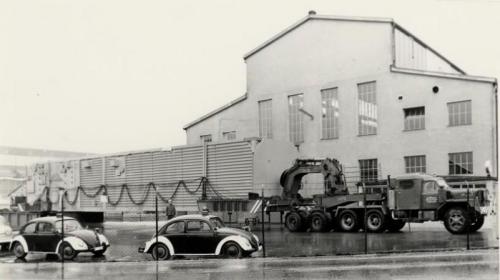
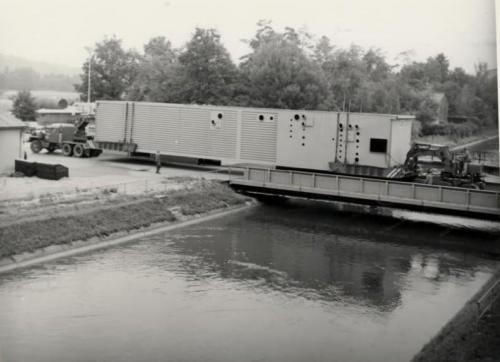
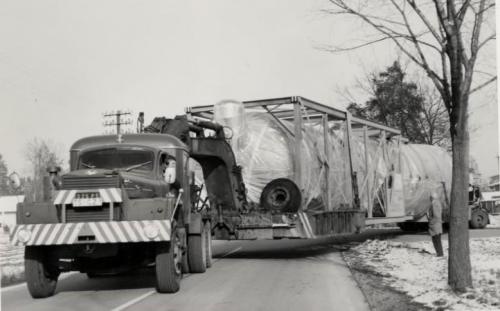
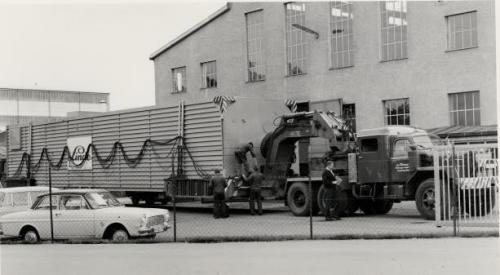
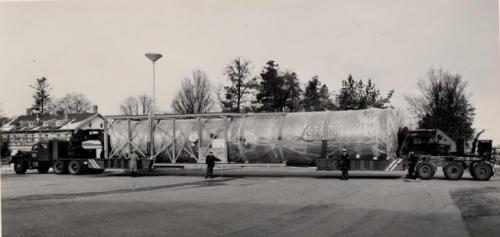
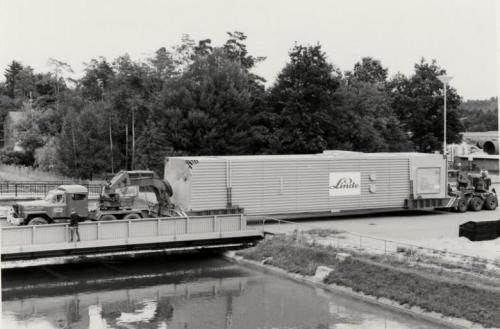
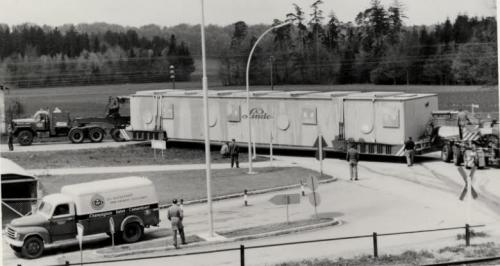
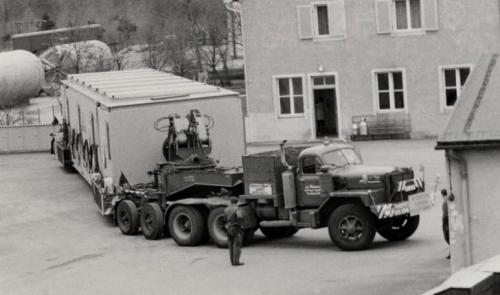
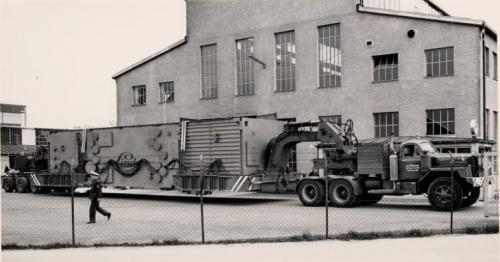
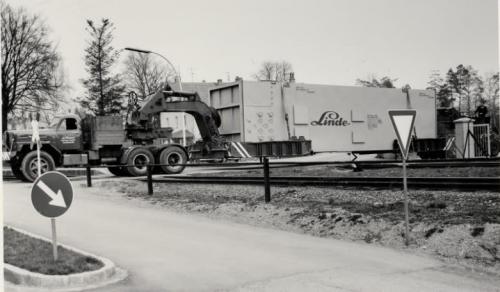
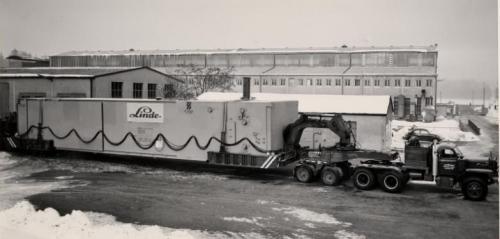
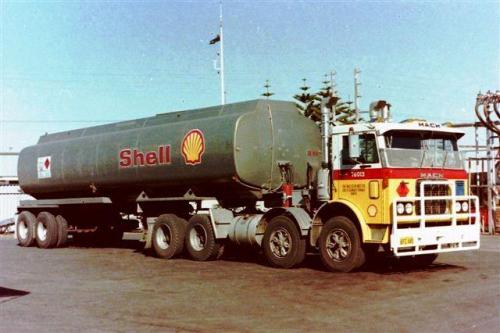
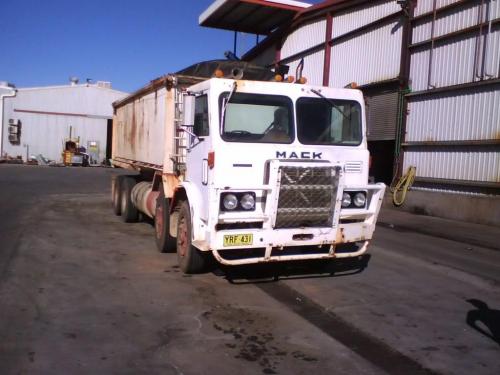
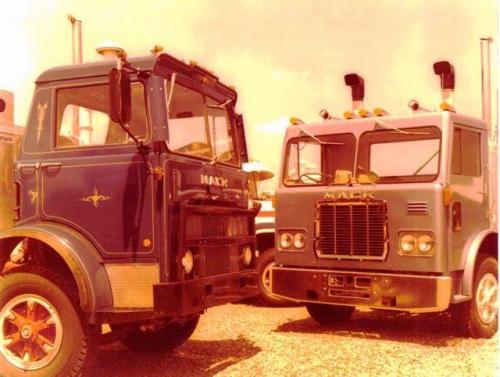
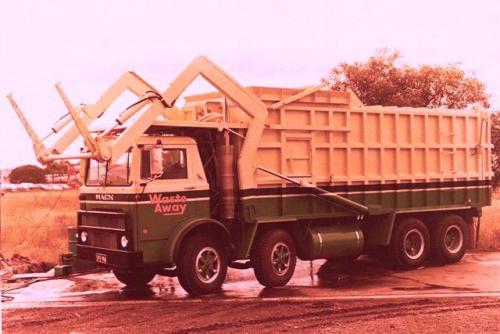
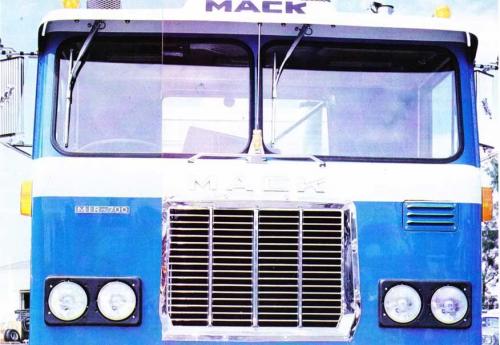
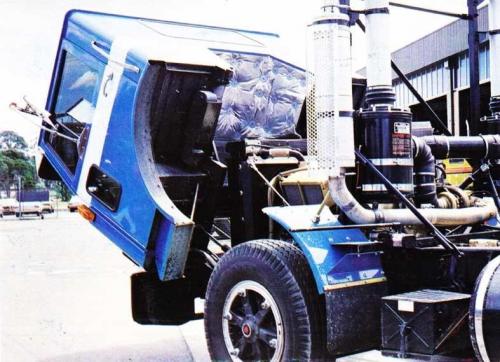
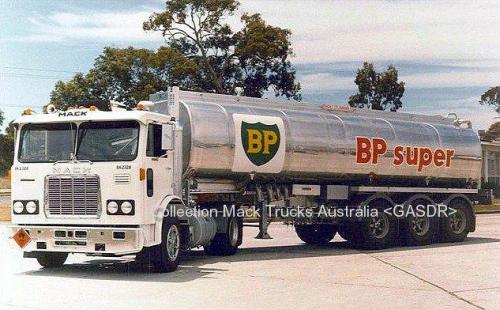
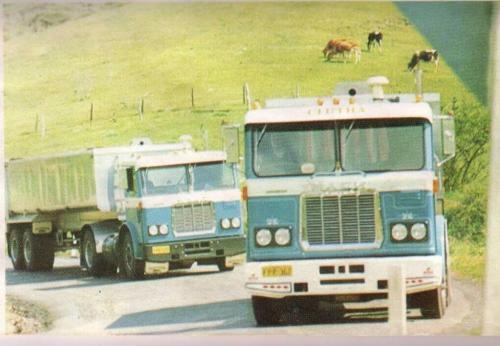
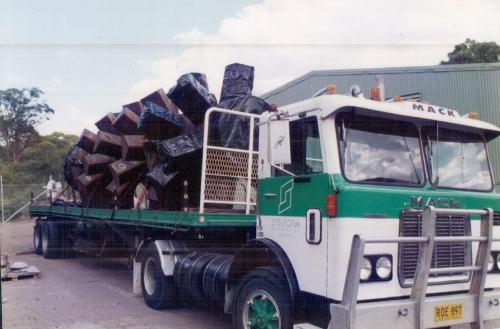
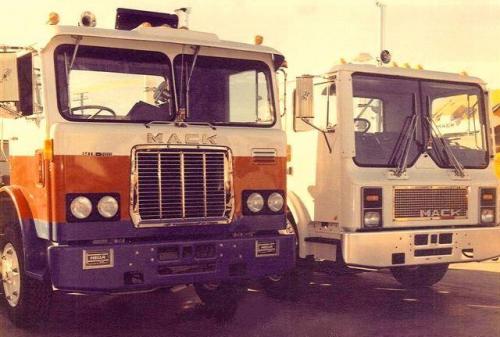
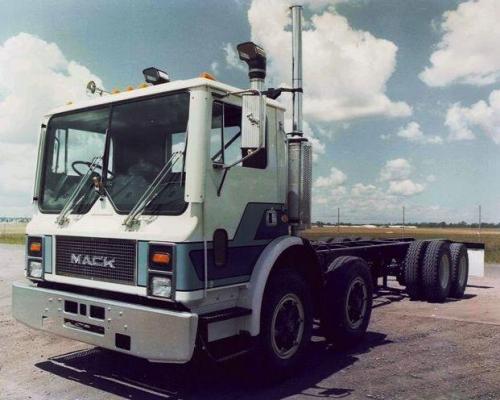
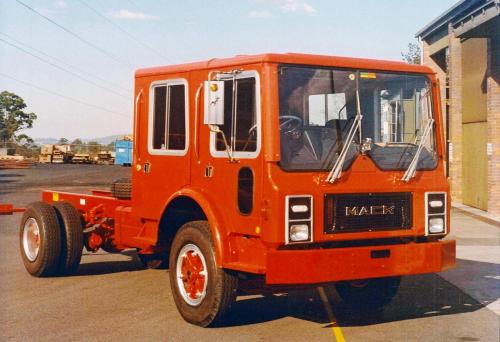
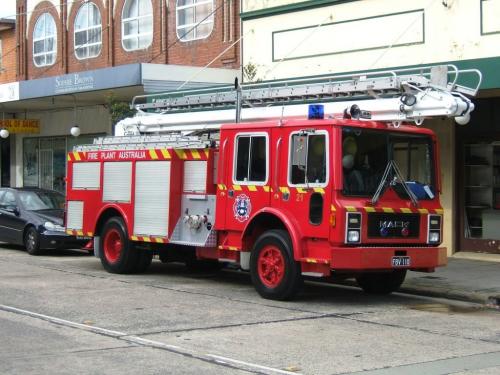
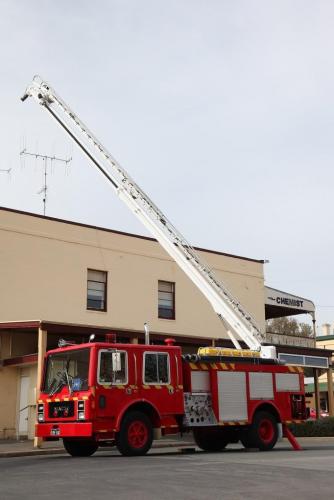
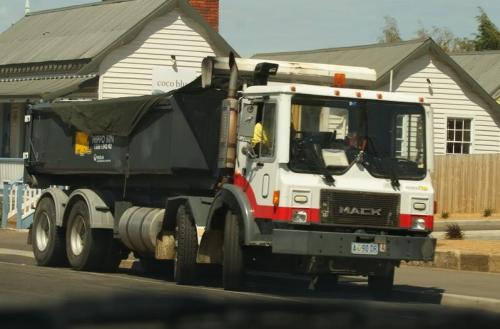
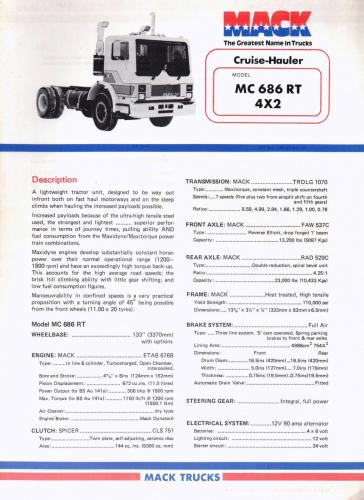
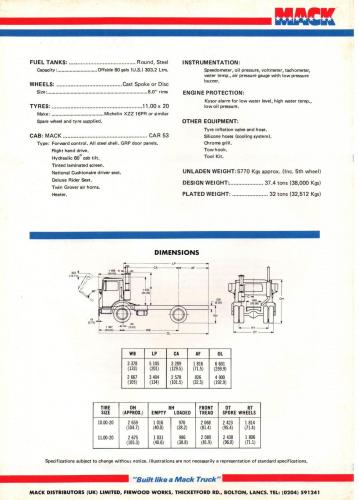
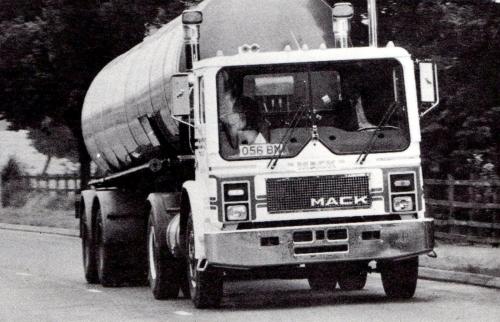
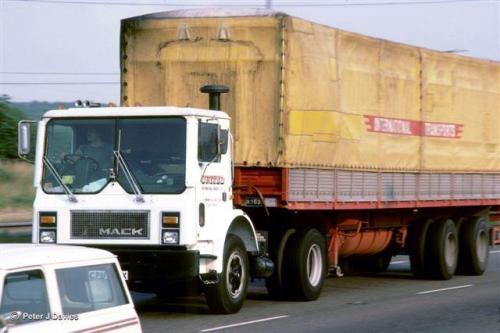

End Of The V8 And Increased Titan Sales
in Modern Mack Truck General Discussion
Posted
Volvo Trucks North America's PR people have been leaving a regular trail of bloopers. Having run off most of the veteran Mack people (for daring to disagree with their new Swede bosses and their thought process), there are few people left that have an intimate knowledge of the former Mack Trucks (and the ones that remain are VERY much looking forward to retirement and life away from Volvo).